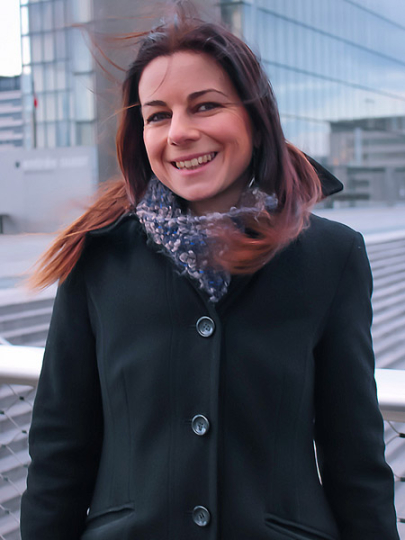Take a look at the methods we use to carry out research and the innovative tools we employ

How people interpret and process information is very much influenced by the way the piece of information is communicated - what narrative has been adopted. This is used, for example, by politicians and the mass media, providing through their narratives a specific “frame” for the social perception of various phenomena. Researchers have been studying these issues for decades.
However, no one has so far verified the impact of the framework imposed by the legislator on various spheres of our lives, who, when making the law, introduces a more pervasive and complex frame.
Through a comparative analysis of case studies from different legal cultures, it will be reconstructed how the world’s first modern commercial code – the French Code of 1807 issued by order of Napoleon Bonaparte – resonated in European legal thought and how it influenced European legal discourse in the 19th century.
To thoroughly reconstruct how the FCC affected legal discourse in three selected case studies (Belgium, Polish territories, and Germany), we will consult the following sources:
The DNA is a mixed-methods technique that combines qualitative content analysis with quantitative social network analysis. This technique can be used to study the development of actors and coalitions not only in policy debates but in other kinds of discussions over time-based on text data as well . Unlike social network analysis, it especially allows not only to capture the network structure but also network content.


The feature that differentiates the FA from many other qualitative analysis techniques is its use of a matrix output that enables team members to systematically analyze data not only by participants but also by detected themes. In the final phase of applying the FA, the team members take the themes and subthemes found in the materials and assign a label (a short word or phrase) to each one. As the outcome of this stage is a detailed index which serving the researchers who will divide collected material into manageable portions and label those sections with themes and sub-themes developed in the previous step.






A new project will be run at the Centre for Interdisciplinary
On 5th June 2025 at University of Gdańsk the workshop organized
A Centre for Interdisciplinary Legal Research has been established at the